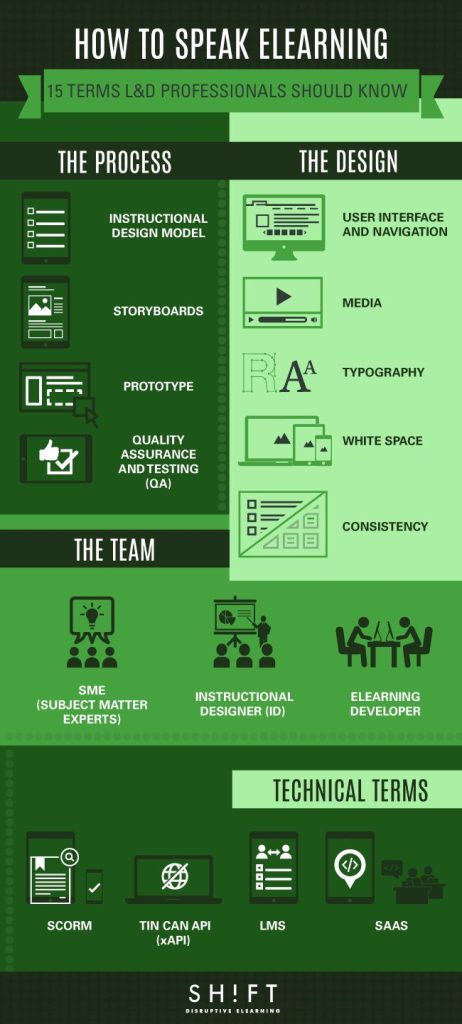
In today’s fast-paced educational environment, the old one-size-fits-all approach to learning is giving way to more dynamic, user-oriented methods. A learner-centric approach to eLearning design focuses on the needs, preferences, and objectives of the individual learner. Here are seven ways educators and course designers can implement a learner-centric model in their eLearning programs.
1. Understand Your Learners: Start with thorough research into who your learners are. Analyze their demographics, backgrounds, learning styles, and technology proficiency. Use surveys or interviews to get to know their goals and preferences. Tailored content becomes meaningful when it reflects an understanding of the learner’s profile.
2. Offer Personalized Learning Paths: Not every learner has the same knowledge or skill level. Design eLearning courses that allow individuals to choose paths that correspond to their current competency levels. Allow them to skip over material they’re already familiar with or offer more advanced modules for those needing a challenge.
3. Provide Interactive Content: Engage learners by including interactive elements like quizzes, simulations, and games that encourage active participation. These elements can adapt in real-time based on learner input, thus offering a customized learning experience.
4. Facilitate Collaborative Learning: Encourage collaboration by incorporating tools that enable learners to work together online. Discussion forums, peer reviews, and group projects help learners benefit from diverse perspectives and form a learning community.
5. Use Adaptive Technology: Employ adaptive learning technologies that respond to the needs of the learner by offering remedial or advanced content based on ongoing performance assessments. This ensures every individual’s learning experience is tailored dynamically as they progress through the course.
6. Provide On-Demand Resources: Make additional resources easily accessible for those who want to delve deeper into a subject area. This might include links to articles, videos, tutorials, or expert discussions that learners can browse at their own pace.
7. Seek Continuous Feedback: Implement mechanisms to gather ongoing feedback from learners about what’s working and what isn’t in the course material or delivery method. Use this feedback not just for improvements but also for personalizing the learning journey.
By adopting these strategies into your eLearning design, you create an engaging environment that respects individual learning needs and paves the way for more effective and efficient knowledge acquisition. This learner-centric approach not only helps in retaining content better but also fosters more enjoyable and relevant learning experiences for everyone involved.
